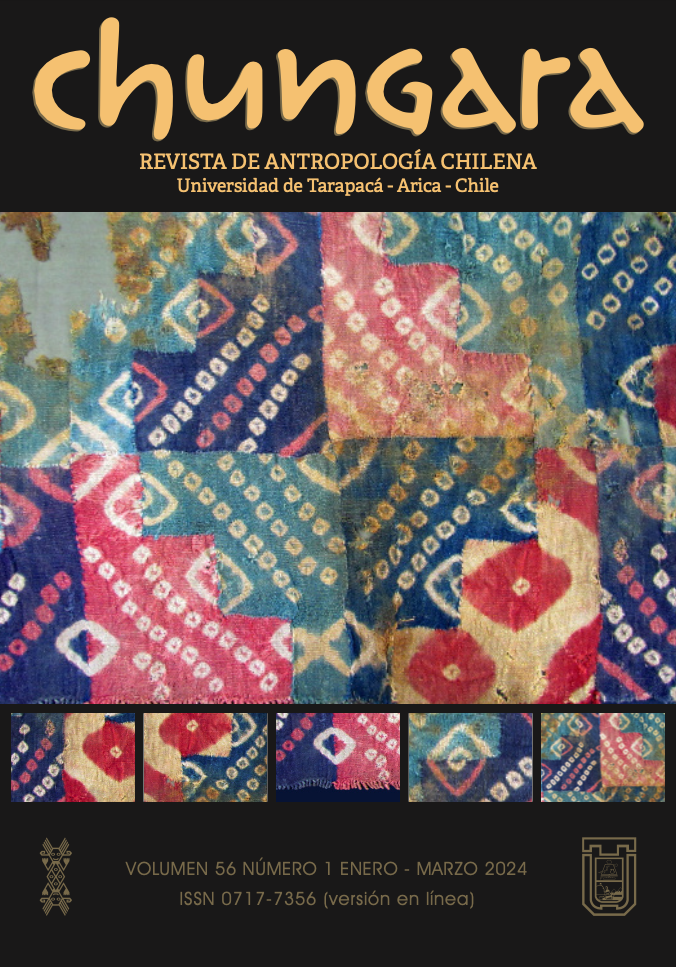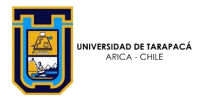CANOEROS EN CHILOÉ: DE FACILITADORES DE LAS NAVEGACIONES ESPAÑOLAS EN LOS ARCHIPIÉLAGOS DE LOS CHONOS Y DE GUAYANECO, A PRODUCTORES Y COMERCIANTES, 1567-1792
COASTAL HUNTER GATHERERS IN CHILOE: FROM FACILITATORS OF THE NAVIGATION OF SPANIARDS IN THE CHONOS AND GUAYANECO ARCHIPELAGOS TO PRODUCERS AND TRADERS, 1567-1792
Ximena Urbina, Omar Reyes and Carolina A. Belmar
The coastal hunter gatherers of the southern coastal archipelagos who were transferred to Chiloé during the 17th and 18th centuries played a connecting role between these two worlds as they were familiar with the geography of an environment that could not be dominated by the Spaniards and the Veliche of Chiloé. They became forced facilitators of the activities of these groups in the Chonos archipelago, undertaking tasks as translators, guides, divers, watchers, and seekers of other indigenous groups. The canoeists transferred to the islands of Cailin and Chaulinec with civilizing purposes from 1743 onwards did not completely abandon their territory, not only returning to their islands on a permanent basis to practice ancestral activities (fishing, shellfish gathering, consumption of sea lion meat) but also bringing new occupations from Chiloé, such as agriculture and livestock breeding, which were developed for purposes of exchange with the inhabitants of Chiloé rather than for mere subsistence. As a result, these people developed subsistence strategies based on elements present in their culture, such as the exploitation of exogenous materials of cultural origin (shipwrecks remains) as exchangeable items; the adaptation of techniques and technologies for food preparation and conservation; the use of new ecological niches other than the strictly coastal inlets or the usual islands, such as islands with pastures for the free breeding of European cattle, among other practices that account for an active attitude towards the new world that was being imposed on them.







